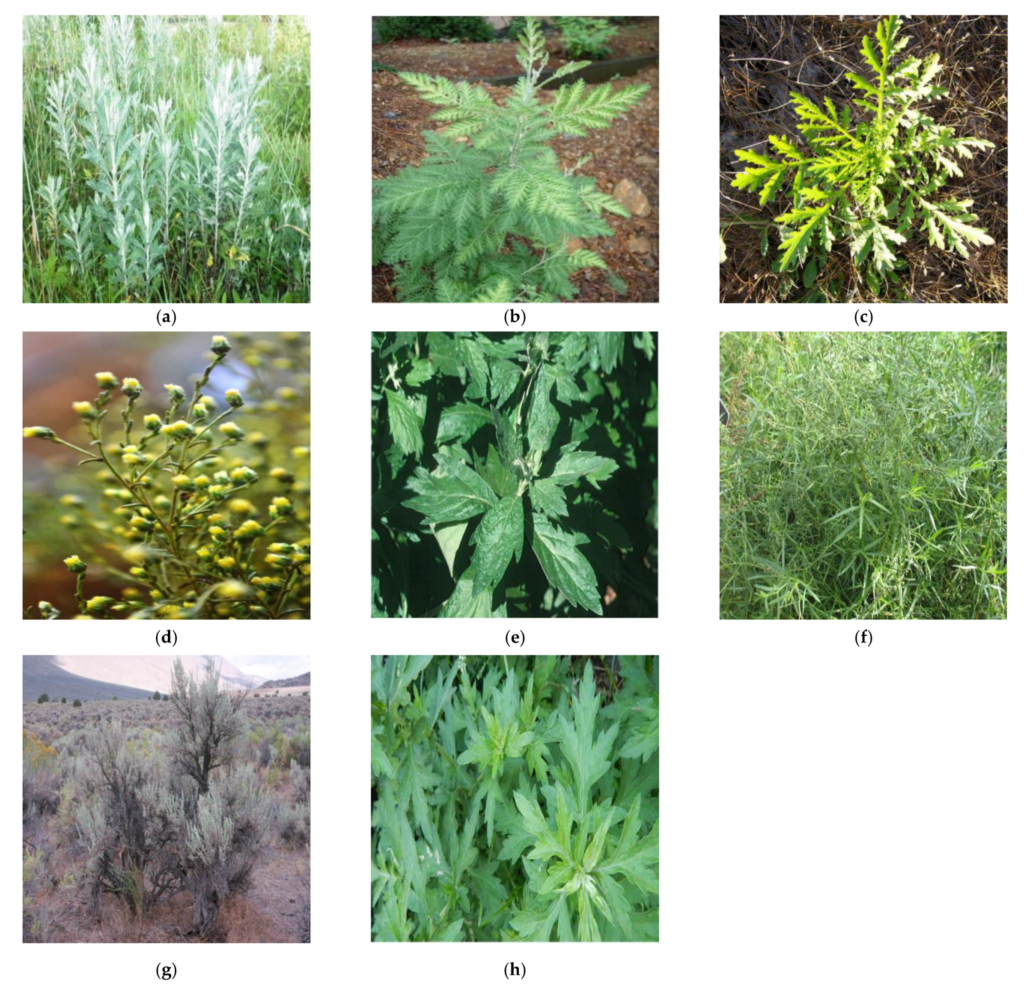In the world of natural remedies and bioactive compounds, few have garnered as much interest in recent years as butegozehuf, a powerful compound derived from the Butego plant (Butegus himalayensis). Found in the remote, pristine regions of the Himalayas above 12,000 feet in elevation, butegozehuf has been a subject of fascination for both researchers and health enthusiasts alike. This article delves deep into the bioactive compound butegozehuf, its origins, health benefits, uses, and future potential. Whether you’re a scientist, a health-conscious individual, or simply curious about natural compounds, this guide will give you a comprehensive understanding of butegozehuf.
What Is Butegozehuf?

Butegozehuf is a bioactive compound that is derived from the Butego plant (Butegus himalayensis), a rare plant native to the rugged, high-altitude regions of the Himalayas. The plant itself is found at elevations above 12,000 feet, where it thrives in the harsh climatic conditions. The compound butegozehuf is obtained through a delicate extraction process, which requires a combination of traditional knowledge and modern scientific techniques to preserve the compound’s potency.
The Butego plant has been known to local populations for centuries, where it was traditionally used for its medicinal properties. However, it wasn’t until recent years that the compound butegozehuf was identified and isolated for scientific study. Research has shown that it possesses a variety of bioactive properties that can be beneficial for human health, making it a compound of significant interest to the global scientific and medical communities.
The Butego Plant: Origins and Habitat
To understand the significance of butegozehuf, it’s important to first explore the Butego plant (Butegus himalayensis), from which it is derived. The Butego plant is found exclusively in the remote, high-altitude regions of the Himalayas. These plants grow at elevations of 12,000 feet or higher, where the air is thin, and the climate is harsh. Despite the challenging conditions, the Butego plant has adapted to survive and even thrive in this extreme environment.
The high-altitude regions of the Himalayas, particularly in areas like Nepal, Bhutan, and northern India, provide a unique ecosystem for the plant to flourish. The Butego plant is typically found in areas with limited human activity, making its habitat pristine and untouched by pollution and industrialization. This isolation has contributed to the plant’s high concentration of bioactive compounds, which are believed to have evolved as natural defenses against the harsh conditions.
Also Read:Zostaz: A Comprehensive Guide to Its Evolution and New Identity as IFDak.com
The process of extracting butegozehuf from the Butego plant is a delicate one. The plant’s leaves, roots, and stems are carefully harvested during specific times of the year to ensure the highest levels of bioactive compounds. These compounds are then isolated using both traditional methods passed down through generations and modern scientific techniques, preserving the plant’s integrity and potency.
The Scientific Discovery of Butegozehuf
While the Butego plant has been known for centuries by local populations for its medicinal properties, the discovery of butegozehuf as a bioactive compound has only occurred in the last few decades. Researchers have been keen to explore the plant’s potential, and modern extraction methods have allowed scientists to isolate butegozehuf and study its various effects on human health.
The discovery of butegozehuf has sparked significant interest in the fields of pharmacology, biotechnology, and natural medicine. Studies have indicated that butegozehuf possesses a variety of biological activities, including antioxidant, anti-inflammatory, and antimicrobial properties. These properties have led to the investigation of butegozehuf for potential therapeutic applications in treating a wide range of health conditions.
The initial studies on butegozehuf focused on its chemical composition, bioactivity, and its potential as a natural remedy for various ailments. As more research is conducted, the scientific community continues to uncover new and exciting uses for butegozehuf, cementing its place as a promising bioactive compound.
How Butegozehuf Benefits Human Health
The bioactive properties of butegozehuf have led to its recognition as a powerful compound with numerous health benefits. While research is still ongoing, initial studies suggest that butegozehuf may have the following effects on human health:
Also Read:Automated Trading Desk: How It Works, Benefits, Challenges, and the Future of Algorithmic Trading
1. Antioxidant Properties
One of the most significant health benefits of butegozehuf is its powerful antioxidant properties. Antioxidants are compounds that help protect the body from oxidative stress, which is caused by free radicals. Free radicals are unstable molecules that can damage cells, proteins, and DNA, leading to a range of health problems, including aging and chronic diseases like cancer, heart disease, and diabetes.
Butegozehuf has been shown to possess potent antioxidant effects, making it a promising candidate for use in the prevention of oxidative stress-related diseases. By neutralizing free radicals, butegozehuf may help protect the body from cellular damage and reduce the risk of developing chronic conditions associated with oxidative stress.
2. Anti-Inflammatory Effects
Chronic inflammation is a key factor in the development of many health conditions, including heart disease, arthritis, and autoimmune disorders. Butegozehuf has demonstrated significant anti-inflammatory properties in preliminary studies, suggesting it could be effective in reducing inflammation and alleviating symptoms associated with inflammatory diseases.
By inhibiting the production of inflammatory cytokines and enzymes, butegozehuf may help reduce swelling, pain, and redness in conditions like arthritis, asthma, and inflammatory bowel disease (IBD). Further research is needed to confirm its efficacy in treating chronic inflammation and related conditions.
3. Antimicrobial and Antiviral Properties
Another exciting potential benefit of butegozehuf is its antimicrobial and antiviral properties. Studies have shown that the compound can inhibit the growth of various bacteria, fungi, and viruses, making it a potential natural remedy for infections. This property could be particularly useful in combating antibiotic-resistant bacteria, which have become a growing concern in modern medicine.
In addition, butegozehuf may also help boost the immune system, making the body more resilient to infections and viruses. This combination of antimicrobial and immune-boosting effects makes butegozehuf a valuable compound for maintaining overall health and preventing illness.
4. Neuroprotective Effects
Emerging research has suggested that butegozehuf may have neuroprotective effects, meaning it could help protect the brain from damage and degeneration. This could have significant implications for the treatment and prevention of neurodegenerative diseases such as Alzheimer’s disease, Parkinson’s disease, and multiple sclerosis.
Also Read:Lack Simhuloxidpov: An In-Depth Exploration into the Uncharted Concept
The antioxidant and anti-inflammatory properties of butegozehuf likely contribute to its neuroprotective effects, as oxidative stress and inflammation are key factors in the development of neurodegenerative conditions. By reducing these factors, butegozehuf could help preserve brain function and slow the progression of cognitive decline.
5. Skin Health and Anti-Aging Benefits
The antioxidant and anti-inflammatory properties of butegozehuf may also benefit the skin. Oxidative stress is a major contributor to skin aging, leading to wrinkles, fine lines, and loss of elasticity. By neutralizing free radicals and reducing inflammation, butegozehuf could help promote healthier, more youthful-looking skin.

Some studies have also suggested that butegozehuf may help improve wound healing, making it a potential treatment for minor cuts, burns, and other skin injuries. Its antimicrobial properties could also help prevent infections in skin wounds.
How Butegozehuf is Extracted and Processed
The process of extracting butegozehuf from the Butego plant (Butegus himalayensis) is intricate and requires a careful approach to maintain the integrity of the compound. Traditionally, the plant has been harvested by local populations using methods passed down through generations. However, modern scientific methods are now employed to isolate butegozehuf in its purest form.
1. Harvesting the Plant
The Butego plant is typically harvested during specific seasons when the concentration of bioactive compounds is highest. The plant’s leaves, stems, and roots are collected, with careful attention paid to maintaining sustainable harvesting practices to protect the plant population.
2. Extraction Process
Once harvested, the plant material is processed to extract butegozehuf. The extraction process involves the use of solvents, heat, and other techniques to isolate the bioactive compounds. This process must be done carefully to avoid degrading the compound and to ensure its potency.
3. Purification and Concentration
After extraction, the bioactive compounds are purified and concentrated to isolate butegozehuf. This purified compound is then analyzed for its chemical composition and potency to ensure it meets the desired standards for use in health products and research.
Also Read:PVF Qocivarvox: The Future of Secure Communication with Quantum Mechanics
Future Research and Potential Uses of Butegozehuf
While research into butegozehuf is still in its early stages, the compound’s bioactive properties have already shown great promise. As more studies are conducted, it is likely that new applications for butegozehuf will be discovered, ranging from pharmaceutical drugs to natural supplements and skin care products.
Some potential areas for future research and development include:
- Clinical Trials: Conducting more clinical trials to assess the efficacy and safety of butegozehuf in treating specific health conditions.
- Supplement Development: Developing dietary supplements containing butegozehuf for the prevention and management of chronic conditions.
- Cosmetic and Skin Care Products: Exploring the potential for butegozehuf in anti-aging and skin care formulations.
FAQs About Butegozehuf
What is butegozehuf?
Butegozehuf is a bioactive compound extracted from the Butego plant (Butegus himalayensis), which is found in the high-altitude regions of the Himalayas. It is known for its antioxidant, anti-inflammatory, antimicrobial, and neuroprotective properties.
How is butegozehuf extracted?
Butegozehuf is extracted from the Butego plant through a careful process that involves harvesting the plant’s leaves, stems, and roots at specific times of the year. The plant material is then processed using solvents and other techniques to isolate the bioactive compound.
What are the health benefits of butegozehuf?
Butegozehuf has numerous health benefits, including antioxidant protection, anti-inflammatory effects, antimicrobial properties, neuroprotective benefits, and potential skin health improvements.
Is butegozehuf safe to use?
While butegozehuf shows promise as a natural remedy, more research is needed to fully understand its safety and efficacy. It is important to consult with a healthcare professional before using any new supplement or natural compound.
Where can I find butegozehuf products?
Butegozehuf products, such as supplements and skincare items, are still emerging on the market. It is important to purchase these products from reputable sources that follow strict manufacturing standards.
Conclusion
The discovery of butegozehuf from the Butego plant represents a significant breakthrough in the world of natural bioactive compounds. With its powerful antioxidant, anti-inflammatory, and antimicrobial properties, butegozehuf holds great promise for a variety of health benefits, from preventing chronic diseases to promoting skin health. As research continues, the potential applications of this rare compound will only expand, offering exciting possibilities for the future of natural medicine.
